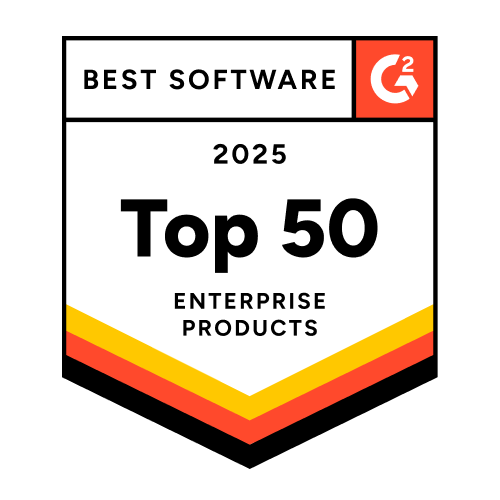Customer Engagement
Customer engagement is the ongoing interaction between people and your brand across channels, whether online, in apps, on social media, or in person. It’s how customers connect with your business beyond the initial purchase, shaping both their experience and loyalty.
For example, a shopper might buy from your store, join your loyalty program, and complete a feedback survey. Each of these touchpoints demonstrates meaningful, multi-channel engagement with your brand.
Why use Customer Engagement?
- Personalize engagement with data-driven product recommendations to encourage customers to return more often and increase their purchase frequency and lifetime value.
- Tracking engagement signals lets brands quickly spot disengaged customers and launch timely, targeted win-back campaigns to prevent attrition.
- Every interaction, such as clicks, opens, and shares, provides valuable feedback to refine messaging, optimize channels, and deliver more relevant offers that boost satisfaction and conversions.
Customer Engagement vs. Customer Experience vs. Customer Relationship
| Customer Engagement | Customer Experience | Customer Relationship | |
| Autonomy | High: triggered by user actions | Moderate: brand-driven | Moderate: mutual |
| Context | Real-time, multi-channel | End-to-end journey | Across lifecycle |
| Integration | CRM, analytics, marketing automation | Service, support systems | CRM, loyalty platforms |
| Learning | Behavioral, iterative (e.g., segmentation) | Feedback-driven | Historical analysis |
| Example | Personalized offer, abandoned cart email | Smooth checkout flow | Membership program |
FAQs
Customer engagement can take many forms, such as responding to a personalized email, participating in a social media poll, redeeming a loyalty reward, or leaving feedback after a purchase. Each of these touchpoints contributes to the customer journey and helps brands build stronger relationships. See how engagement connects across stages in the customer journey.
Customer experience reflects the quality of each touchpoint, ie., how easy, smooth, or enjoyable the interaction is. Customer engagement measures volume, frequency, and intent of interactions, as well as the emotional connection customers build with your brand over time. Explore more in this customer experience management guide.
Marketers track repeat purchase rate, open and click rates, session frequency, customer lifetime value (CLTV), and feedback scores to evaluate engagement. Combining these metrics with customer journey analytics highlights which interactions drive the most value.
Acquiring new users is expensive, while customer engagement increases retention, average order value, and referral activity. Brands with strong engagement strategies see higher ROI through lifecycle marketing, which nurtures loyalty long after the first purchase. Learn more about lifecycle marketing.
Engagement strategies often rely on omnichannel campaign management, marketing automation, customer data platforms, and personalization engines. Together, these tools create a seamless, multi-channel experience that boosts retention. Explore the omnichannel customer engagement platform guide for examples of how brands orchestrate these efforts.
Yes. In B2C marketing, engagement tactics include personalized offers, loyalty rewards, and cross-channel campaigns. In B2B marketing, engagement often means tailored account check-ins, curated content, or solution workshops at key stages of the buyer journey. Discover how to develop these strategies using omnichannel marketing.
AI plays a key role by analyzing real-time behavior, predicting intent, and automating personalized campaigns. From recommending products to optimizing send times, AI ensures engagement is timely, relevant, and consistent across channels. Learn more in this guide to AI-powered marketing.












